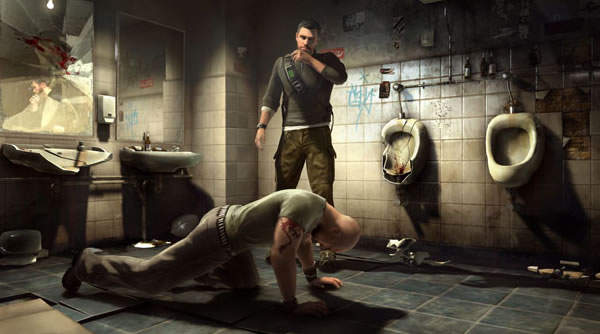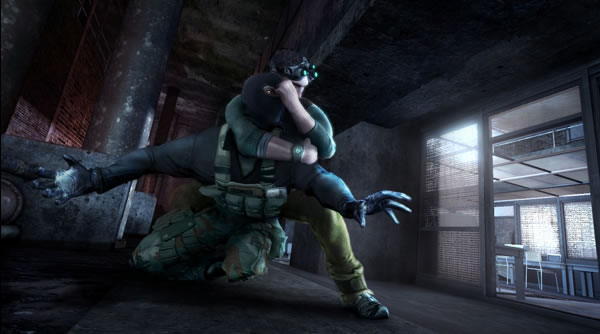After years in the making, Ubisoft finally released the latest installment in the Tom Clancy's Splinter Cell series, known as Conviction.
Splinter Cell: Conviction is the sequel of Splinter Cell: Double Agent released in 2006. Ubisoft originally announced Conviction on May 2007 with the intention of having the game ready by that year's holiday season. The plan was to bring new elements and improvements to the series formula, but developers struggled to have something solid out in time. After a quiet period they pushed the game for a 2009 release. Ultimately it's not until now that we receive a new Splinter Cell game.
One of the most prominent new gameplay elements in Conviction is touted "Mark and Execute," which allows the player to mark specific targets, such as enemies or objects, and shoot them when they burst through a door or window. The player can choose to prioritize these targets, so that, for example, he could distract one guard by shooting out a light in his vicinity and then take out another guard.

Another new feature is the "Last Known Position", which occurs when the player breaks the line of sight of an alerted guard. This creates a visual silhouette of where the guard thinks Sam Fisher (main character in Splinter Cell, of course) is, allowing the player to strategically flank his enemies. Sam also gains the ability to interrogate characters in real-time and use objects in the surrounding environment against them.
Ubisoft claims that Splinter Cell: Conviction has been built using their own game engine called LEAD, an evolution from the engine used in Splinter Cell: Chaos Theory (2005). Although Ubisoft is very discrete about this kind of details, we know Chaos Theory used a heavily modified Unreal 2.5 engine and that LEAD has been further optimized to run primarily on the Xbox 360 platform.
Some of you may be wondering why we are posting our in-depth performance analysis of Splinter Cell: Conviction two weeks after release. Typically, we like to deliver these articles as close to the game's launch as possible, but unfortunately this time it was completely out of our hands.

The PC version of SC: Conviction hit shelves with so many bugs that we quickly lost count. Not only we found the game to be unstable using a number of hardware configurations, but because vsync could not be disabled it was a showstopper for us. Reviewers also took notice and complained about this, comparing it to the Xbox 360 version that has received raving scores for the most part.
The good news for us and for PC gamers is that one week after release Ubisoft released a patch that fixed many of these glaring issues. The patch (version 1.02) evidently suggests that the developer thought the game was buggy enough that they could just skip version 1.01. Anyhow, at just 21.8MB this lightweight patch solved our performance problems and finally allowed us to bring you this article.